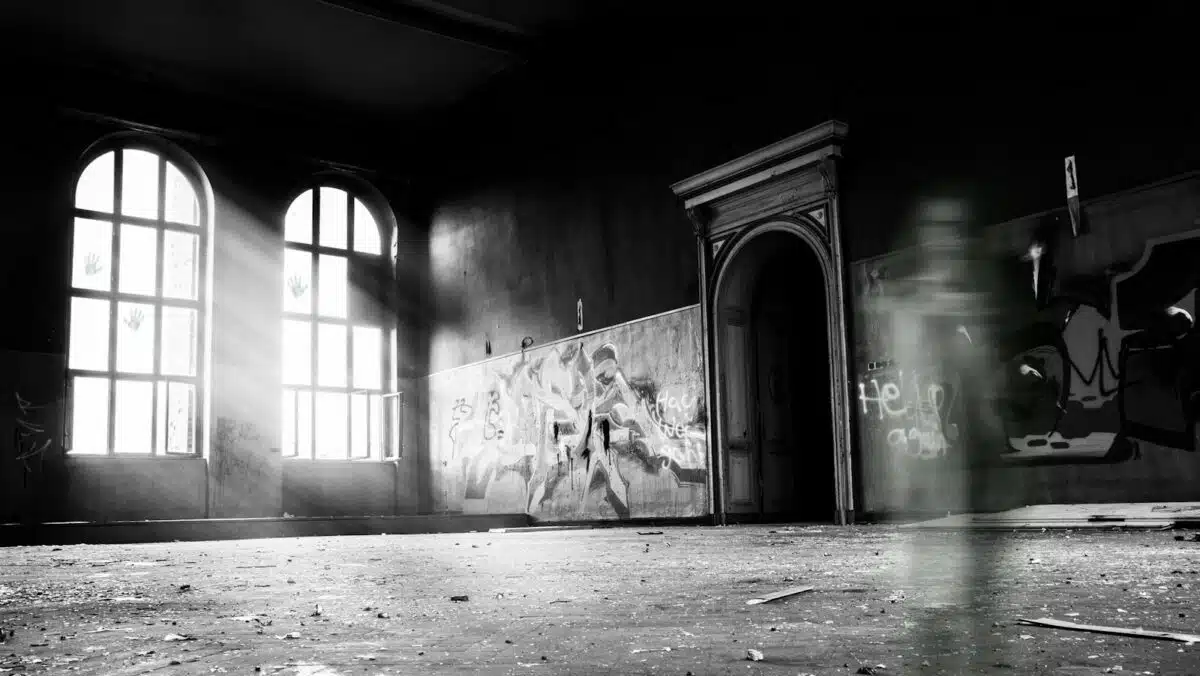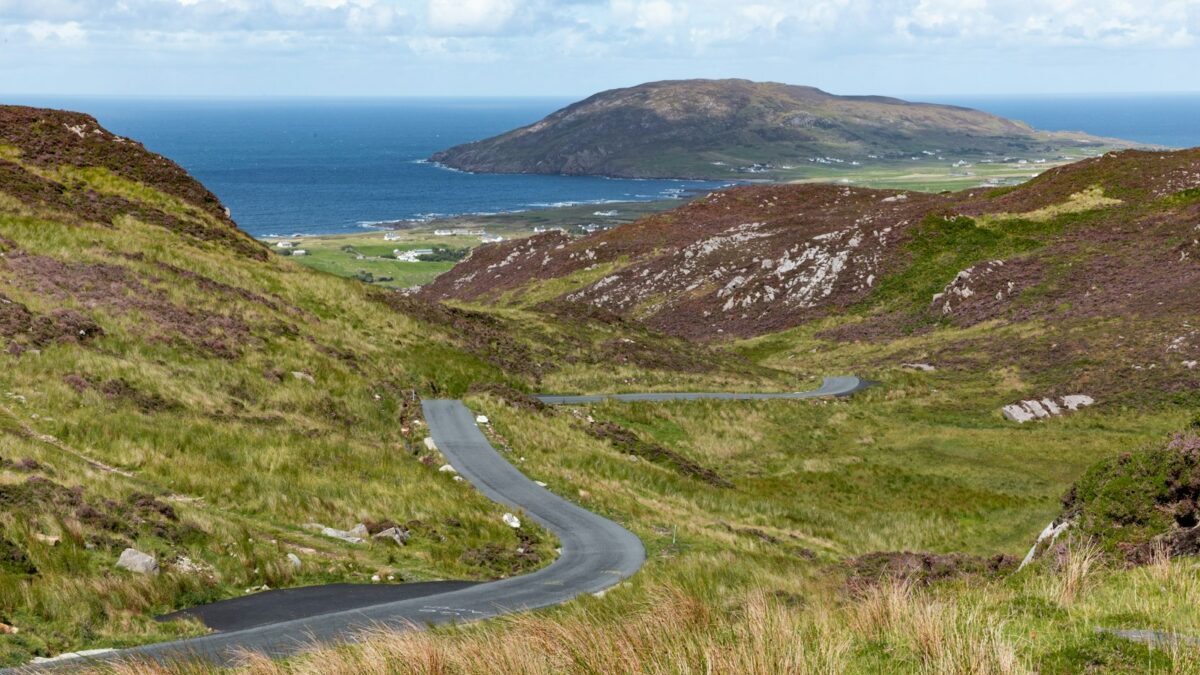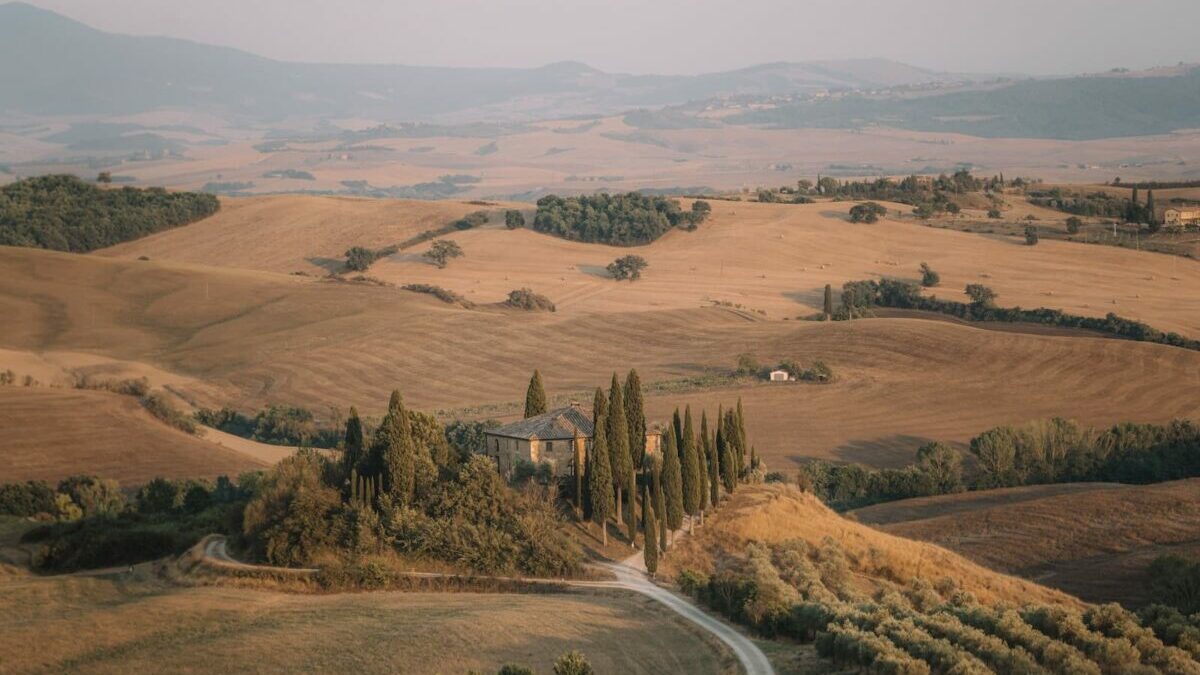
Discover Tuscany in Italy
A Tuscany vacation can be an experience you’ll remember for years to come. Spending your vacation in a hotel or a vacation home in Tuscany is an experience that will enrich you for a long time. A hotel offers you a service from morning to night. You don’t have to worry about almost anything. A vacation home as a base for your Tuscany vacation will help you save money and give you a lot of independence. Last minute to Tuscany is also possible without further ado.
Start your trip in the heartland of Tuscany; it is located – culturally and historically – in the area around Florence and between Florence and Siena. This area is called Chianti. Buses run daily from Greve, Radda, Castellina, Panzano and Gaiole, so give your car a day off when you visit Florence’s Uffizi Gallery, the Ponte Vecchio and the many colorful markets.
Your Tuscany vacation between Lucca, Pisa, and the sea, even if the vacation home or apartment has a swimming pool, will be dominated by cheerful days on the coast; for the miles of sandy beaches of Versilia are too tempting – especially if children are part of the vacation. Viareggio, the main town with its Art Nouveau buildings, is worth a stroll along the sophisticated waterfront. Enjoy the morbid charm of the Belle Epoch with a cappuccino in one of the cafés.
Don’t miss the venerable Siena with the most famous square in Italy, the Campo, where the Palio takes place. A picture-book Tuscany with touching landscapes can be found further south in the Val d’Orcia between the towns of Montalcino, Bagno Vignoni, Pienza and Montepulciano – all gems from the Middle Ages.
Vacation in Tuscany: The best time to travel
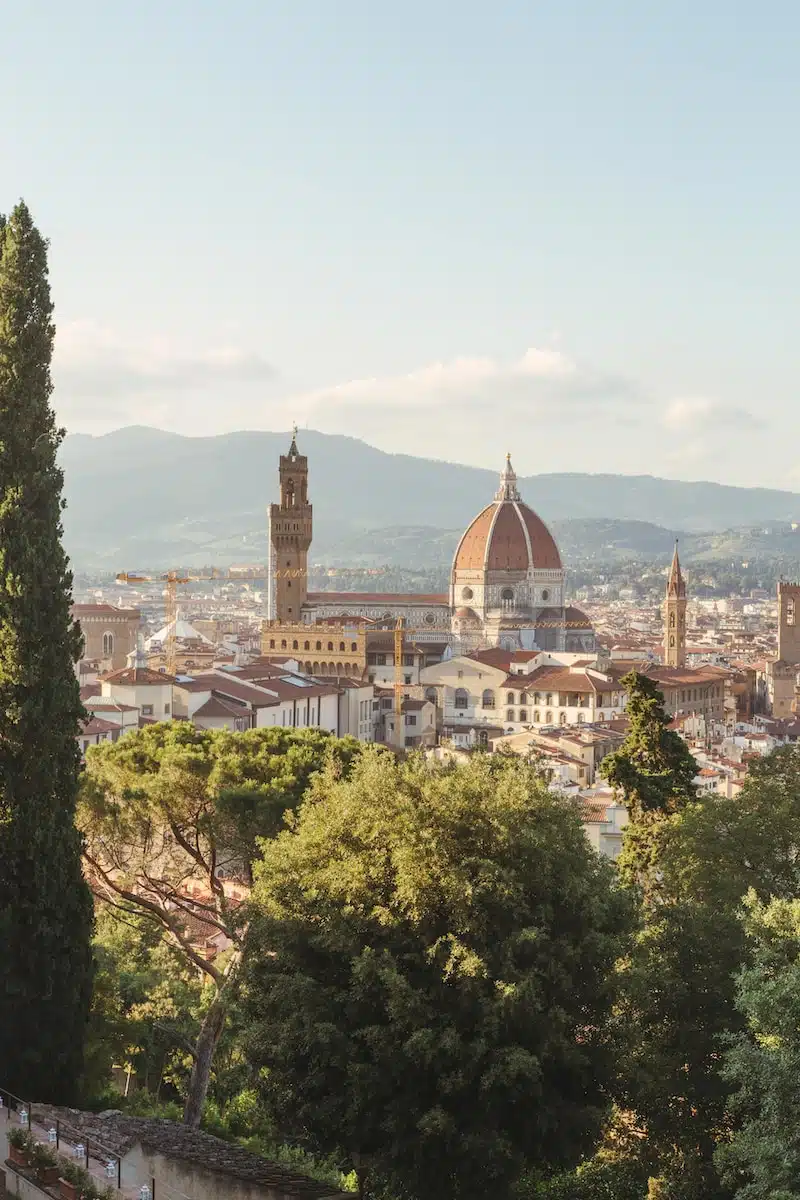
The climate in Tuscany is generally mild, except at higher altitudes. In March and April, the weather is often unstable. It can be cold and rainy. In some years, the second half of April is already early summer, with temperatures up to 26 °C.
The most pleasant months are May and June. In May, Tuscany is a fragrant sea of flowers, and the vegetation unfolds a lush green. The museums and churches in Florence, Siena, Lucca, and Pisa are then usually not yet crowded (exception: Whitsun).
In midsummer, the thermometer rises to 35 – 40 °C. In the big cities it is now hardly bearable, and those of the inhabitants who can afford it now take the long-awaited annual vacation and go to the sea.
In September, Tuscany shows itself in the colorful colors of autumn. It is the time of the grape harvest. The mild days are now ideal for extended excursions. Tuscany begins to exhale. After the onslaught of summer, it comes to rest and finds itself again.
The golden autumn often stretches well into October. A beautiful vacation in Tuscany can usually be spent even now.
The history of Tuscany
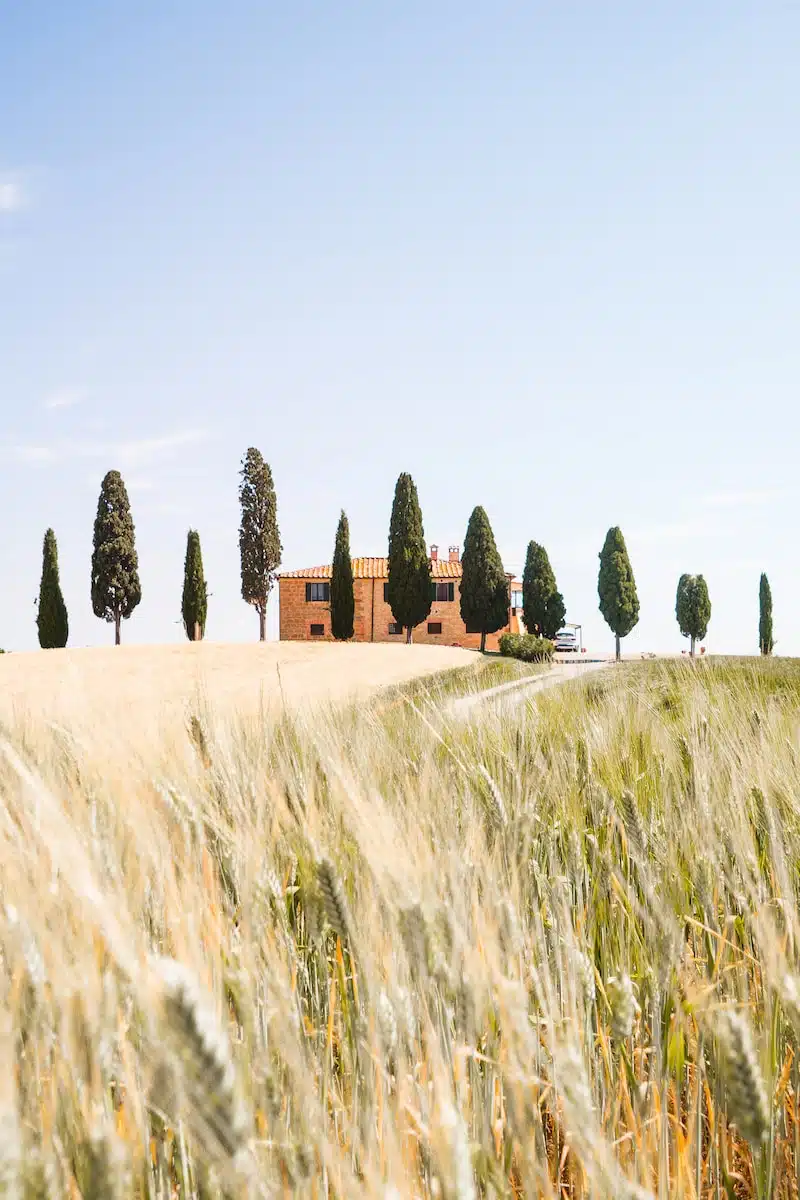
The Etruscans
Around 1,000 B.C. the Etruscans settled in today’s Tuscany. They settled in the Maremma, on the island of Elba and inland around Pitigliano and Cetona. Even today, especially in the Maremma, shards and intact objects of the Etruscans are found; because here lies one of the main settlement areas of this still mysterious people.
The Etruscans were skilled craftsmen and merchants. They developed a sophisticated culture in which the dead were worshiped. Countless objects in museums as well as their necropolises, many of which can be visited, attest to this.
For strategic reasons, the Etruscans settled on hilltops in the interior. Well-known examples are Volterra, Pitigliano and Cetona. But at Populonia they made an exception: to be able to land and smelt iron ore mined on the offshore island of Elba, they built a port there. It is the nucleus of an economically flourishing town. Today, Populonia is a district of Piombino.
The well-preserved necropolis of Populonia is well worth seeing. Mines and smelting furnaces have been uncovered near Campiglia Marittima. Pitigliano, also a foundation of the Etruscans, should be visited because of its picturesque location on a tuff rock.
Christianization followed in the 4th century, occupation by the Ostrogoths a century later, then by Byzantium. In 568 the Lombards elevated Tuscia, as it was then called, to a duchy. From 774 it is under Frankish rule.
The history of Tuscany continues turbulent
1030 – 1115, the House of Canossa reigns, 1139 – 1266, the city-states of Florence, Siena, Pisa, and Lucca emerge under Hohenstaufen administration. They soon begin to fight bitterly against each other.
In 1434, the Medici rule begins in Florence. In 1531, Tuscany became a dukedom under them, and in 1569 a grand duchy.
In 1559, the Republic of Siena with its large dominion is finally defeated by Florence and incorporated into the Duchy of Tuscany. In 1737, the last Medici dies.
In 1799, Napoleon occupies Tuscany, whose annexation to the Kingdom of Italy takes place in 1860. From 1865 to 1871, Florence was the capital of Italy.
Art and culture of Tuscany
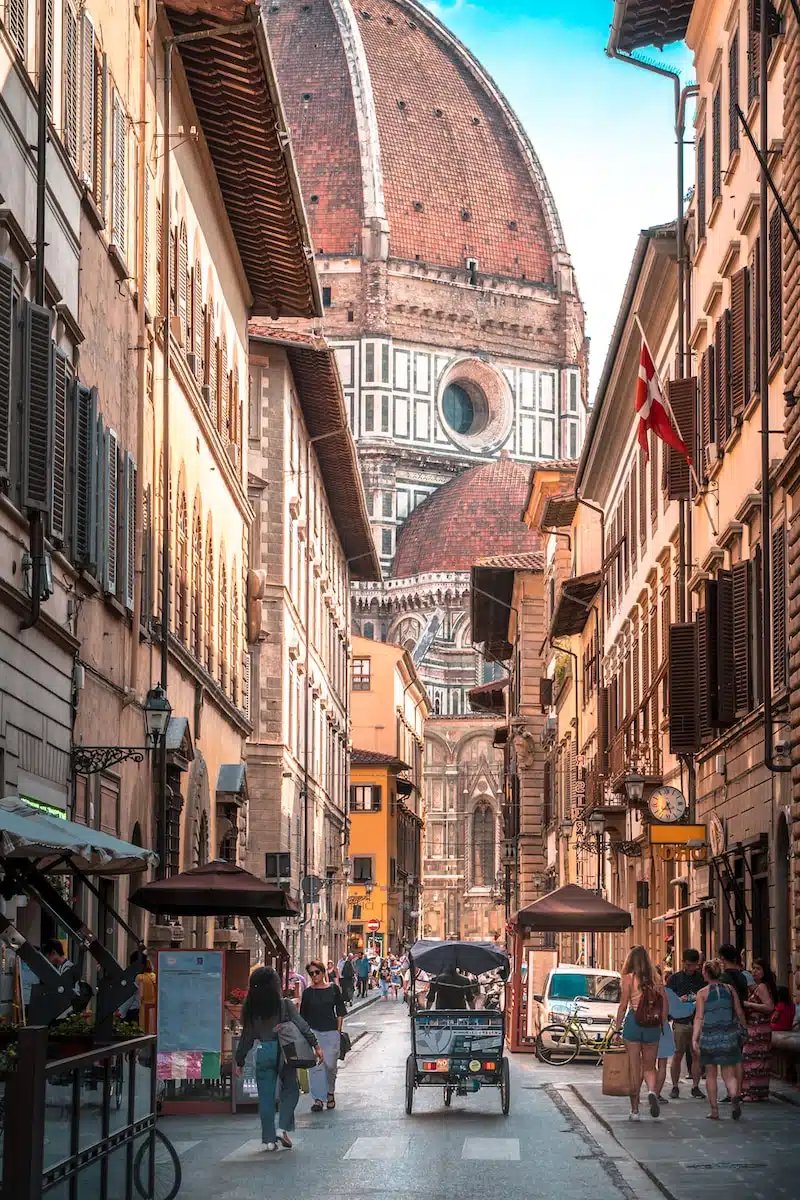
Tuscany is considered a cradle of European culture, the birthplace of the Renaissance and Humanism.
In the 13th and 14th centuries, the intellectual climate was dominated by Dante, Petrarch and Boccaccio. It is thanks to them that the Italian spoken in Florence became the model of the Italian literary language. In his “Divine Comedy” Dante draws the sum of the intellectual life of his time and becomes a guide for the entire Occident through a comprehensively new interpretation of the relationship between the individual and society.
Tuscany produced many famous master builders, sculptors, and painters who had a decisive influence on the development of European art. Between 1420 and 1434, Brunelleschi erected the world’s first cantilevered dome, the wide-span dome of Florence Cathedral.
Outstanding painters develop and refine the expressive possibilities of painting. Among the most famous sons of Tuscany are the painter, inventor, and scientist Leonardo da Vinci and the sculptor Michelangelo Buonarotti.


